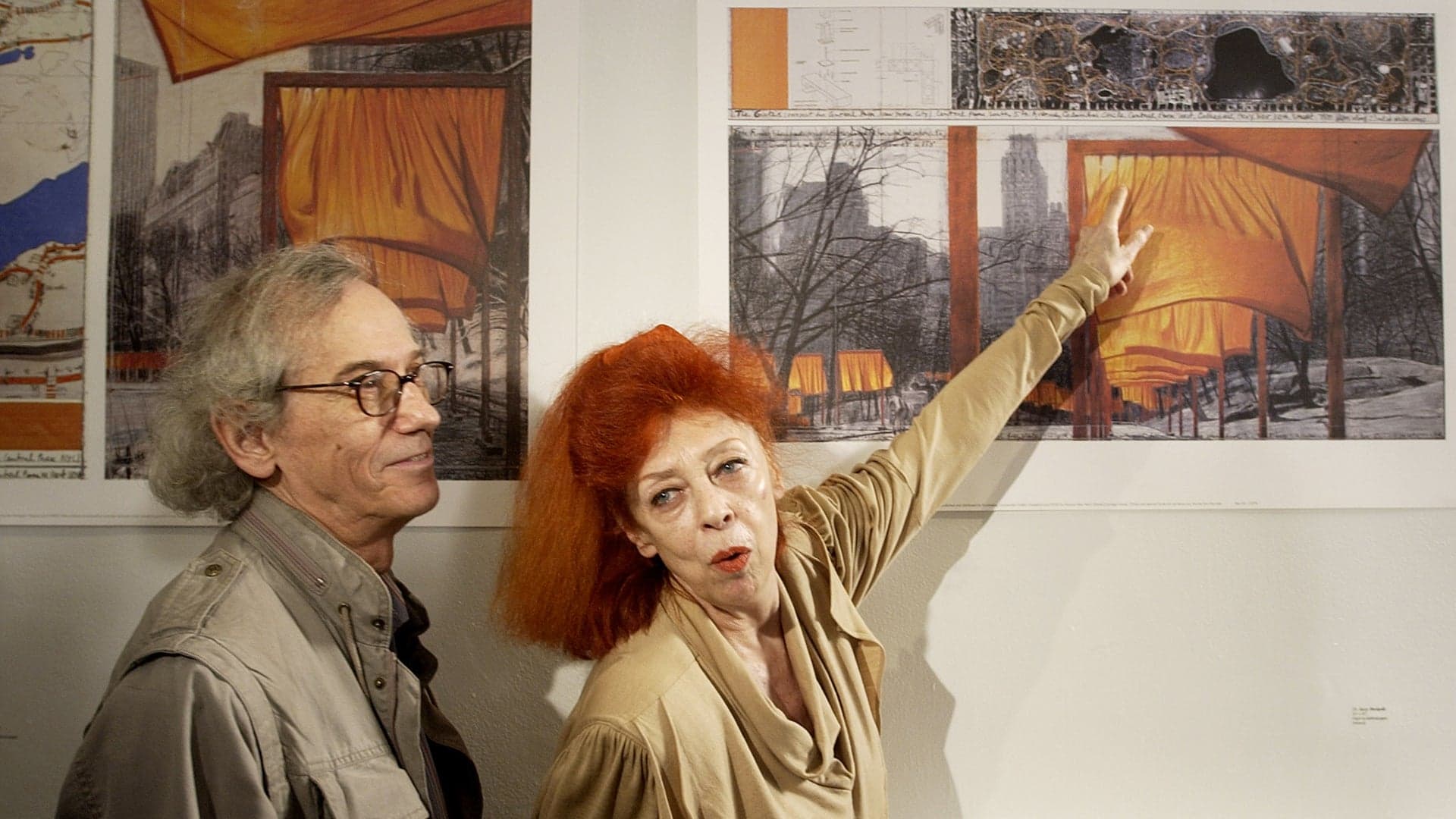On February 12, 2005, 7,503 orange curtains unfurl across New York City’s Central Park from thousands of gates. The art installation, Christo and Jeanne-Claude’s “The Gates,” will be gone by the end of the month, but it will leave a lasting impression and be remembered as one of the best-known and most beloved works of site-specific public art.
Husband-and-wife artistic duo Christo and Jeanne-Claude first conceived of the project in 1979. The city rejected their proposal in 1981, but, as the artists later stated, the arduous process of getting approval for such a massive installation on city property was itself an artistic performance. “He adds a dimension to the work, no matter what he thinks,” Christo said of the parks commissioner who first rejected “The Gates.” After years of negotiating and resistance from the denizens of the Upper West Side, construction began in 2004 and Mayor Michael Bloomberg unfurled the first curtain on the morning of February 12, 2005.
Like the couple’s previous works, which included wrapping Berlin's Reichstag in cloth and hanging an enormous orange curtain across a Colorado mountain pass, “The Gates” was as conceptually simple as it was logistically challenging. It took over eight hundred workers to install the thousands of 16-foot-high gates, hung with cloth panels, which straddled 23 miles of Central Park’s pathways and transformed the park into a unique, ephemeral work of art.
Despite initial complaints from prominent locals like late-night host David Letterman, tourists flocked to see “The Gates” and most in the art world considered it an unmitigated success. “In the winter light, the bright fabric seemed to warm the fields, flickering like a flame against the barren trees,” wrote the New York Times. “Even at first blush, it was clear that ‘The Gates’ is a work of pure joy, a vast populist spectacle of good will and simple eloquence, the first great public art event of the 21st century.”
